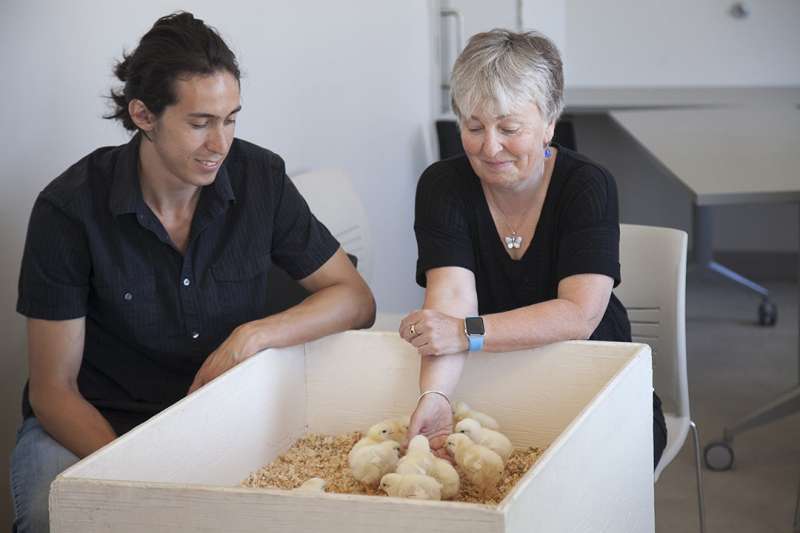Mealworms may turn infected wheat into cash

The potential solution discovered by University of Saskatchewan researchers for producers stuck with unsellable fusarium-infected wheat may actually put cash in the farmers' pockets and open up a new worm-based niche market in the feed industry.
"We want to help producers by making use of grain that is worth nothing and that no one knows how to dispose of safely," said Fiona Buchanan, animal and poultry science professor.
Buchanan and her master's student Carlos Ochoa have found that yellow mealworms can eat wheat infected with the fungus, whose mycotoxins are harmful. The worms remain unaffected after eating the grain, regardless of the level of mycotoxins which usually cause vomiting and abdominal pain in humans and affect the growth of livestock.
The fattened mealworms, the offspring of a flightless beetle, could be a new, nutritious source of protein for chickens or fish.
"Yellow mealworms are a safe, more sustainable and cheaper feed, and can eliminate a contaminated product from the environment at the same time," said Ochoa.
Buchanan added that farmers usually bury or burn the contaminated wheat, but these are not great options. Burying the grain does not eliminate the fungus and it may spread to next year's crops, and burning it causes pollution, worsening the environmental impact.
Buchanan got the idea of using mealworms for wheat disposal after talking over coffee with a farmer friend, who referred to a small study that showed a few mealworms eating contaminated wheat.
Using 10,000 mealworms, Buchanan and Ochoa proved that, regardless the level of contamination in the wheat the crawlers ate, they always showed only 0.13 parts per million of mycotoxin in their bodies— way below recommended safety levels for animal consumption.
Ochoa, who presented his research at a U.S. conference last summer, said he and Buchanan bought a tonne of contaminated wheat from a farmer, then used a machine to concentrate the mycotoxin levels and fed it to mealworms.
If additional funding becomes available, Buchanan would like to test even higher toxicities to determine the threshold of the mealworms for consuming infected wheat and start trials on chickens by feeding them crawlers grown on contaminated wheat.
Provided by University of Saskatchewan
















